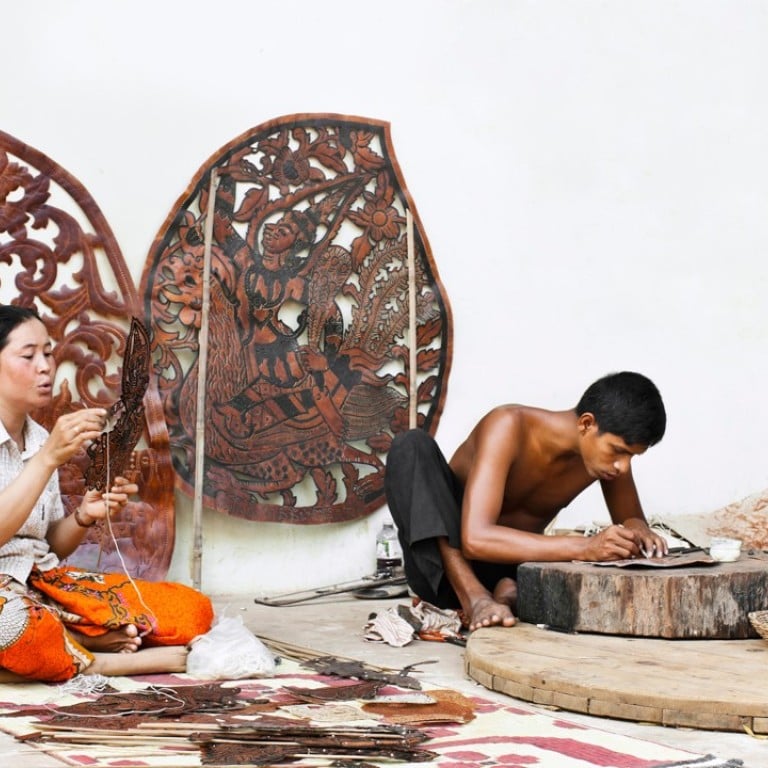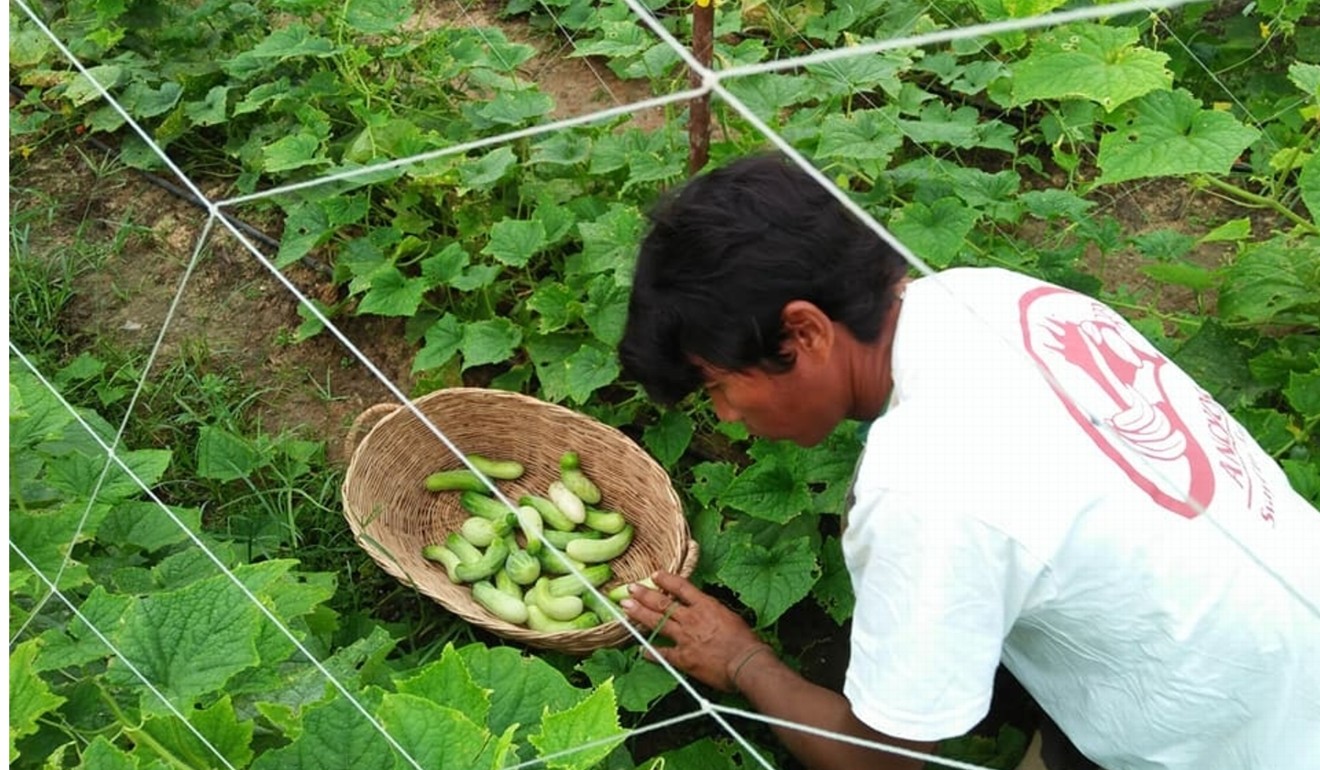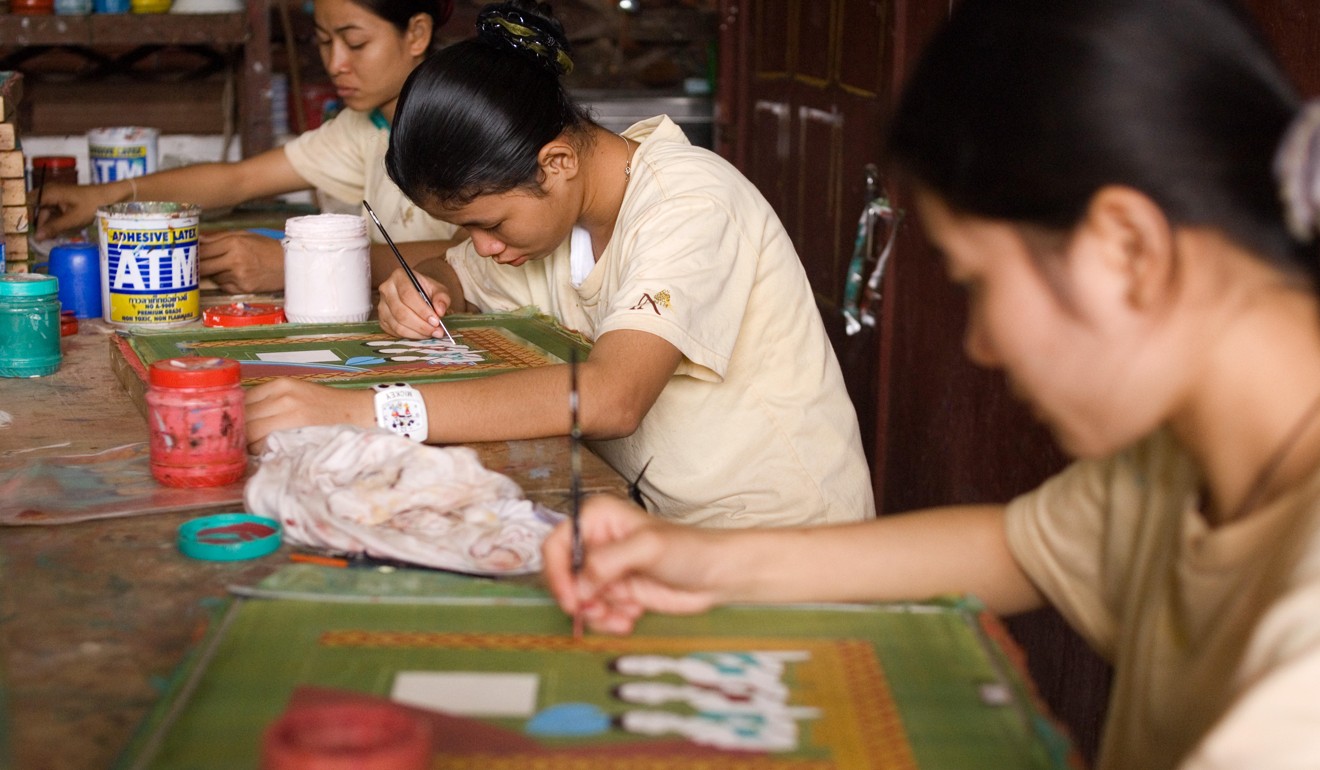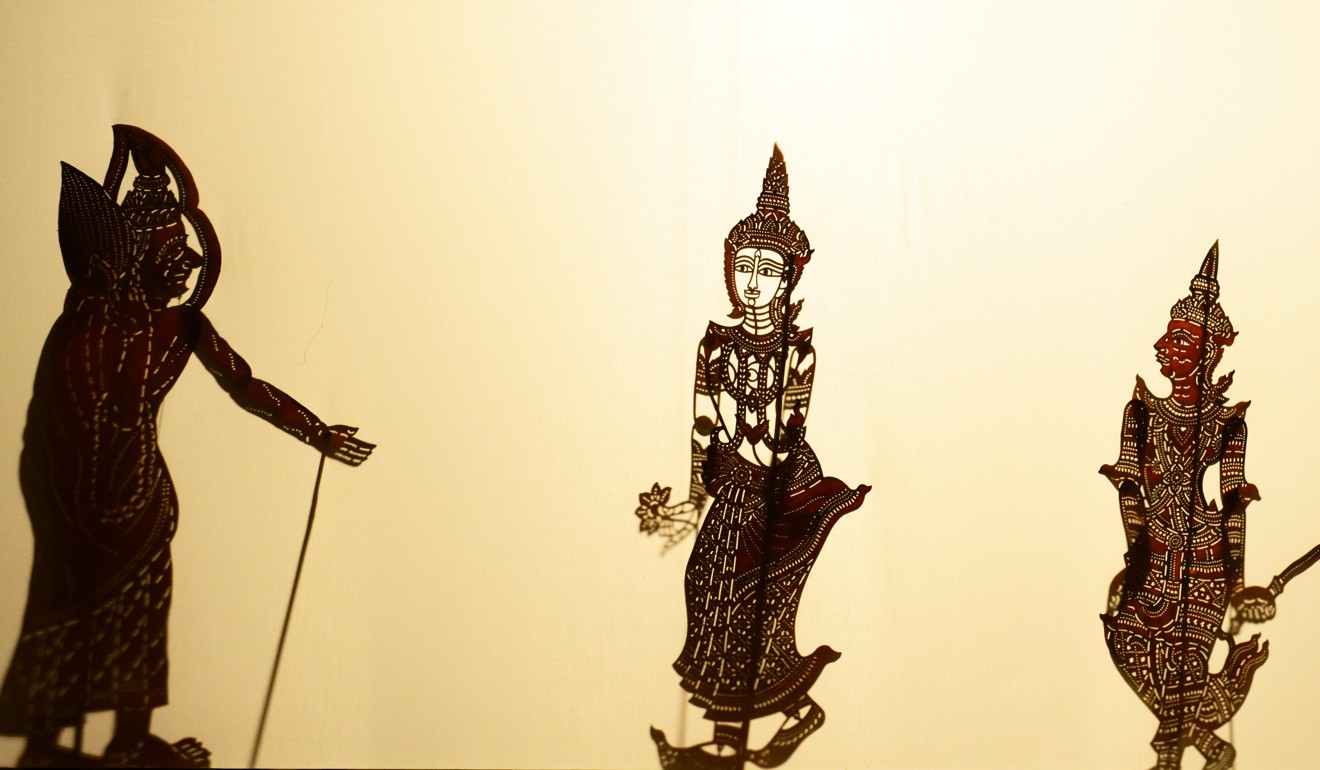
Beyond Angkor Wat: get out into the country, see real Cambodia and spread the tourist dollars
- Angkor is Cambodia’s tourist cash cow, but there is much more to see than the temples
- The region around Siem Reap is one of Cambodia’s poorest
Angkor Archaeological Park – Cambodia’s tourist trump card – is synonymous with Siem Reap. Each year, the sprawling ancient site welcomes millions of visitors to stand in awe of the main Angkor Wat, Bayon and Ta Prohm temples.
The impressive archaeological feats, which date back to the 11th century, often eclipse the wealth of activities peppered across the northwestern province of Siem Reap.
No, not Songkran – that other water festival next door in Cambodia
In 2017, almost 2.5 million people visited Angkor Wat, generating more than US$108 million in ticket sales.
However, since entrance fees were increased in February 2017 (a one-day pass jumped from US$20 to US$38, three days from US$40 to US$60 and a week’s entry from US$62 to US$72) more temple trekkers are opting for one-day tickets.

“Tourists are potentially going to spend less time in Siem Reap, so we need to give them more to do,” says Nick Ray, a consultant for German development organisation GIZ, which carries out a range of social development and economic growth projects in Cambodia. “In some ways Siem Reap city can be a bubble. If you jump on a bicycle or take a gentle jaunt into the countryside, the real Cambodia is not far.”
Despite Siem Reap being the country’s tourist hub, the province remains one of the country’s poorest. According to the Asian Development Bank, 51.8 per cent of the population live in poverty. Almost 20 per cent of the area’s residents live in severe poverty.
These are issues GIZ is attempting to tackle through its Siem Reap Beyond the Temples campaign. It has been working with communities throughout Siem Reap’s 12 districts since early 2017 to create itineraries based around culture, nature, agritourism, food and traditional handicrafts.
Visit Kep in Cambodia, the laid-back beach retreat making a comeback
The ultimate aim is to showcase the “real” Cambodia while encouraging visitors to spend more time exploring the province’s raw beauty and helping spread the tourist dollars. Here are some of the highlights.
Chang Kran Roy Community Forest
In the remote northern province of Varin, the crowds of Angkor Wat fade well into the distance. Take the sometimes gruelling, 2½-hour slog along crater-riddled tracks from Siem Reap city and you will find horizons dotted with lollipop palms, the silhouettes of mountains and vistas of paddies interrupted by patches of forest and clusters of wooden stilted houses.
Varin is home to Chang Kran Roy Community Forest, a community-led eco-tourism project launched in 2017 to generate additional income for the small district’s struggling farmers, while protecting the forest that dominates the area.

Welcoming villagers can take visitors on jungle treks to intriguing rock formations that resemble lava fields, or along birdwatching trails. Alternatively, you can cycle through forests to the bat caves that dot the area or jump on a local tractor (kor-yun) for a bumpy ride through the jungle.
A small waterfall provides the perfect place for a refreshing dip or picnic spot to feast on food prepared by local hosts. Those wanting to remain in the wild for a little longer can camp in tents set up by the community.
For more details, find Chang Kran Roy CBET (community-based eco-tourism) on Facebook.

Svay Chek Organic Farm
With agriculture the main source of income across the province, a crop of organic farms has begun to appear. Among them is Svay Chek Organic Farm, which started operations in 2014 and recently opened its doors to agritourism.
In Angkor Thom district, about 40 minutes from Siem Reap city, the farm grows more than 3,000 mangoes, 3,000 bananas, 10,000 pineapples, lime, sugar cane and a variety of vegetables.
Visitors can take a guided tour of the 37-hectare site that includes a leisurely cycle through woodland, a tractor ride to help harvest bananas and learn more about mangoes, tasting freshly squeezed lime juice in the dappled shade of the trees that produced it, and picking the sweetest pineapples. A cookery class will be available soon.
svaychekorganicfarm.com

Kampong Phluk
The Tonle Sap Lake, Southeast Asia’s largest freshwater lake and a designated Unesco Biosphere Reserve, is in Siem Reap province. It offers refuge to a dwindling wealth of wild and aquatic life, and several floating villages sit on the water. Kampong Phluk is one of the largest, located 38km from Siem Reap city in Prasat Bakong district.
The landscape changes dramatically with the season and the rise and fall of the lake. During the dry months of December to June, visitors will be met by wooden houses precariously perched atop five-metre-high stilts on dry ground. A trip during the wet season reveals a more striking landscape. Then, the village and surrounding area can only be explored by boat; visitors sail past homes, schools, shops and temples all built on stilts.
Watching the sun set and paint a range of hues on the still waters is a beautiful way to round out the day. Boats can dock at floating souvenir shops and restaurants that serve freshly caught seafood and refreshments. A handful of families operate homestays.
Contact Kampong Phluk Community Association to organise activities and tours on +855 (0)12 569 044

Handicrafts
A whistle-stop trip to Siem Reap city often involves a visit to the market or tourist stores to snap up souvenirs. Instead, head straight to the source to bag a bargain and see the traditional techniques used to create the handicrafts.
In Angkor Thom district, delve into the ancient craft of silk weaving at the Institute of Khmer Traditional Textiles. Spread across 23 hectares of forest, 160 villagers live and work on the site, with all materials harvested from the surrounding jungle.
Here you can watch fishermen checking their overnight haul as children spill out of the village school. You can accompany weavers as they forage in the forest for silk dyes before spinning the handmade looms in the workshops. A homestay is available.
ikttearth.org

Shadow puppets
The ancient art of shadow puppetry stretches back to pre-Angkor times, with carvings of the ceremony found on bas-reliefs at the 7th century Sambor Prei Kuk temple. Believed to have been born in Siem Reap, when performances took place in paddies and pagodas, the art form – also known as sbek thom and sbek thoc – was traditionally dedicated to the gods.
Sbek thom is the most popular form and was added to Unesco’s Representative List of the Intangible Cultural Heritage of Humanity in 2008. It features characters two metres tall crafted from cowhide.
Usually performed in the evening, shadows dance on a large white cloth propped up by bamboo poles.
Cambodia’s ‘Rubbish Man’ runs a school and gets paid in waste
A fire is lit behind the cloth to project the puppet shadows, who retell parts of the Reamker, the Khmer version of Indian epic poem the Ramayana.
At Little Angels Centre in Prasat Bakong district, visitors can view the intricate process involved in puppet carving. Fresh raw hide is meticulously cleaned before drying for a week and being placed in storage for three months. The leather is then boiled in tree bark juice to give it a deep brown colour before the carving process starts.
Performances can be seen at the centre, which sits opposite the 9th century Roluos temples of Bakong, Lolei and Preah Ko.
For details, find Little Angels Centre on Facebook.

Homestays
As part of Siem Reap Beyond the Temples, a network of homestays and accommodation that range from basic local living through to colonial villa-style life has been established.
Those seeking stylish sleeping can check in to one of Bong Thom Homestay’s collection of luxuriously designed traditional wooden houses (bongthomhomestay.com). Alternatively, upmarket The Beige in Angkor Thom district offers a luxury glamping experience (the-beige.com).
For authentic homestays, the remote village of Khnar Po in Soutr Nikum district has a collection of 10 traditional houses (+855 (0)61 947 105). Here, visitors can stay with a local family in a wooden home, delve into village life and explore the area by bicycle.
If using Siem Reap city as a base, then Montra Nivesha is a delightful boutique hotel that offers a tranquil oasis on the edge of town. The decor is testament to Khmer traditional arts (montranivesha.com).
For more options, visit visitsiemreap.com.kh.
Getting there: Hong Kong Express and Cathay Dragon operate direct flights from Hong Kong to Siem Reap.

